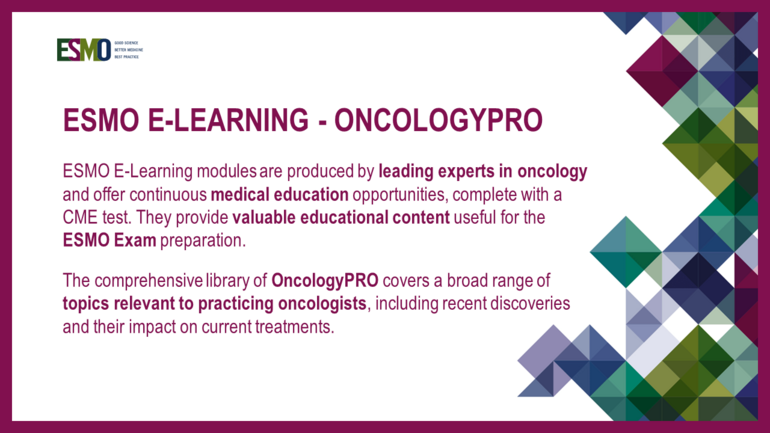In this E-Learning module, the author describes a basis of the novel coronavirus, SARS-CoV-2:
- the emergence and rapid spread of the COVID-19 outbreak,
- the clinical picture of a severe respiratory syndrome,
- an intensive health system demand,
- how health system capacities drive to priority setting,
- regional variabilities in terms of disease burden, population pyramid and health system resilience,
- explain the threats from COVID-19 in vulnerable population including the impact of COVID-19 on cancer patients,
- strategies to overcome the cancer care service disruptions during the pandemic and point out to the post-COVID-19 capacity-building.
The author underlines that the patients with non-communicable diseases are exposed to an increased risk of COVID-19 and more severe outcomes. In particular, the patients with advanced cancer and hematological malignancies. Some cancer types (e.g. blood tumours) seem to carry an intrinsic higher risk of adverse COVID-19 outcomes and seem to have a higher risk of fatal outcomes from COVID-19. The drivers of the outcome in cancer patients are older age and comorbidities.
The author explains that the impact of COVID-19 on cancer patients depends on the intrinsic prognosis of the tumour type, stage, performance status and smoking status, while the role of the type of treatments received is still controversial. Furthermore, he explains the impact of the public health containment measures on the social determinants such as economic loss, race as well as gender and details the disruption effects of the healthcare services. In particular, the service delivery disruptions and the solutions implemented resulted in less referral and admissions of patients to cancer care. The author contemplates a possible anticipated impact on cancer mortality.
Finally, the author underlines that prevention and control of non-communicable diseases should be at the core of COVID-19 response and beyond. The author emphasizes that this is a time to disengage from low-value cancer interventions and the post-COVID-19 capacity-building should be inspired by value-based principles to “Build Back Better”, based on the United Nations framework for disaster risk reduction.


